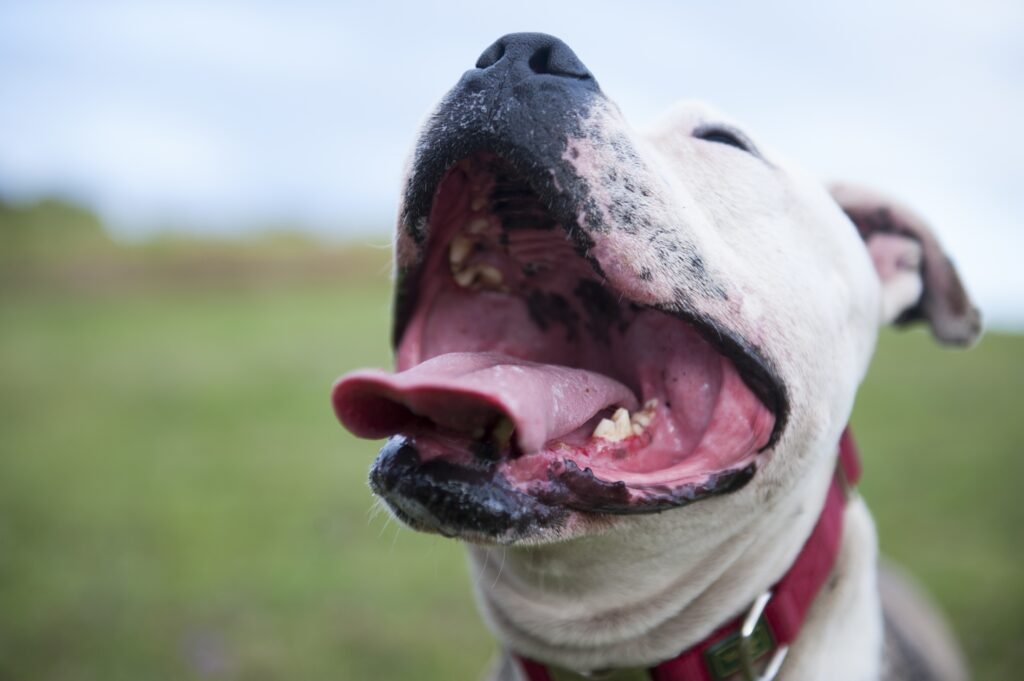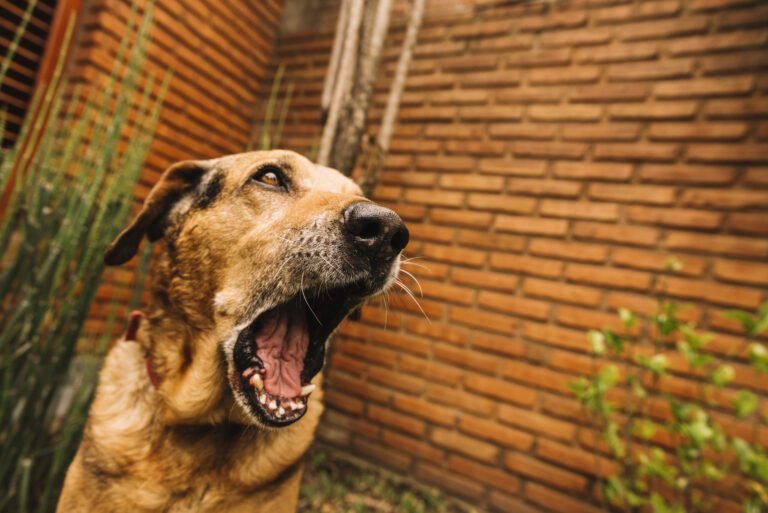Dealing with aggression in dogs can be a challenging and stressful experience for pet owners. Whether it’s directed at people, other dogs, or even objects, dog aggression is a serious issue that requires timely intervention. Understanding the root causes of aggressive behavior is the first step toward finding a solution that works for both you and your pet. With the right approach, most dogs can be trained to manage their aggression and live happier, more peaceful lives.
Key Takeaways:
- Aggression in dogs can stem from fear, pain, or past trauma, among other factors.
- Recognizing the signs early can help prevent aggressive incidents.
- Seeking help from a professional dog behaviorist may be necessary for more severe cases.
What is Aggression in Dogs?

Aggression in dogs refers to a range of hostile behaviors such as growling, snarling, barking, or biting. This doesn’t mean your dog is “bad,” but rather that they’re reacting to certain stimuli that make them feel threatened, anxious, or frustrated. It’s important to note that dog aggression can vary in intensity, with some dogs displaying mild warning signs, while others may act more aggressively if not properly addressed.
Common Causes of Dog Aggression
There are several factors that can contribute to aggressive behavior in dogs. Identifying these triggers is essential for finding the right solution.
- Fear and Anxiety: One of the most common causes of aggression in dogs is fear. If a dog feels threatened or scared, they may respond aggressively as a defense mechanism. Fear-based aggression often happens when a dog cannot escape a frightening situation.
- Lack of Socialization: Dogs that weren’t properly socialized during their early life may struggle to interact with other dogs or people. This lack of socialization can lead to aggression in unfamiliar situations.
- Territorial Behavior: Dogs are naturally territorial animals. If they perceive an intrusion into their space, they may react aggressively to protect what they believe is theirs, whether it’s their home, food, or toys.
- Pain or Illness: If a dog is in pain or suffering from an illness, they may become aggressive as a way of protecting themselves. It’s crucial to rule out any medical issues if you notice sudden changes in your dog’s behavior.
- Past Trauma: Dogs that have experienced abuse or neglect in the past may be more likely to exhibit aggressive behavior. This type of aggression can be challenging to manage and may require professional help.
Recognizing the Signs of Dog Aggression
Recognizing the early warning signs of aggression can help prevent dangerous situations. Common signs include:
- Growling: Dogs growl as a warning that they are uncomfortable or feel threatened.
- Staring: An intense, focused stare can indicate that a dog is about to act aggressively.
- Snapping or Lunging: If a dog snaps or lunges without making contact, this is a serious warning sign of aggression.
- Biting: Biting is the most extreme form of aggression and requires immediate attention.
If you notice these behaviors in your dog, it’s important to act quickly to prevent the situation from escalating.
Solutions for Managing Aggression in Dogs
Here are some strategies to help manage and reduce aggressive behavior in your dog:
- Positive Reinforcement Training: Rewarding good behavior with treats, praise, or toys can help your dog associate positive outcomes with non-aggressive actions. For example, if your dog reacts calmly in a situation that previously caused aggression, reward them to reinforce that behavior.
- Desensitization and Counter-Conditioning: These training techniques involve gradually exposing your dog to the situations or triggers that cause aggression and rewarding calm behavior. Over time, this helps your dog become less reactive and more relaxed in stressful situations.
- Create a Safe Space: Giving your dog a designated safe space, such as a crate or quiet room, can help reduce their stress. When they feel overwhelmed, they can retreat to this area to feel secure.
- Consult a Dog Behaviorist: If your dog’s aggression is severe, seeking help from a professional dog behaviorist is often the best solution. A behaviorist can evaluate your dog’s specific triggers and develop a tailored training plan to address the root cause of the aggression.
- Veterinary Intervention: If the aggression is related to pain or illness, a visit to the veterinarian is essential. Treating the underlying medical issue can often resolve aggressive behavior.
When to Seek Professional Help
If your dog’s aggression is becoming difficult to manage or putting people or other animals at risk, it’s crucial to consult a professional. A certified dog trainer or behaviorist has the experience to handle severe cases of dog aggression and can provide you with the guidance needed to ensure a safer environment for everyone involved.
Conclusion
Understanding the causes of aggression in your dogs and finding effective solutions can make a significant difference in managing your pet’s behavior. Whether it’s fear, pain, or a lack of socialization, knowing the source of the aggression is key to creating a training plan that works. With patience, consistent training, and sometimes professional support, you can help your dog overcome aggression and lead a more peaceful life.
If you’re ever unsure how to proceed, reaching out to a veterinarian or dog behaviorist can provide the insight and tools you need to keep your dog—and everyone around them—safe.






